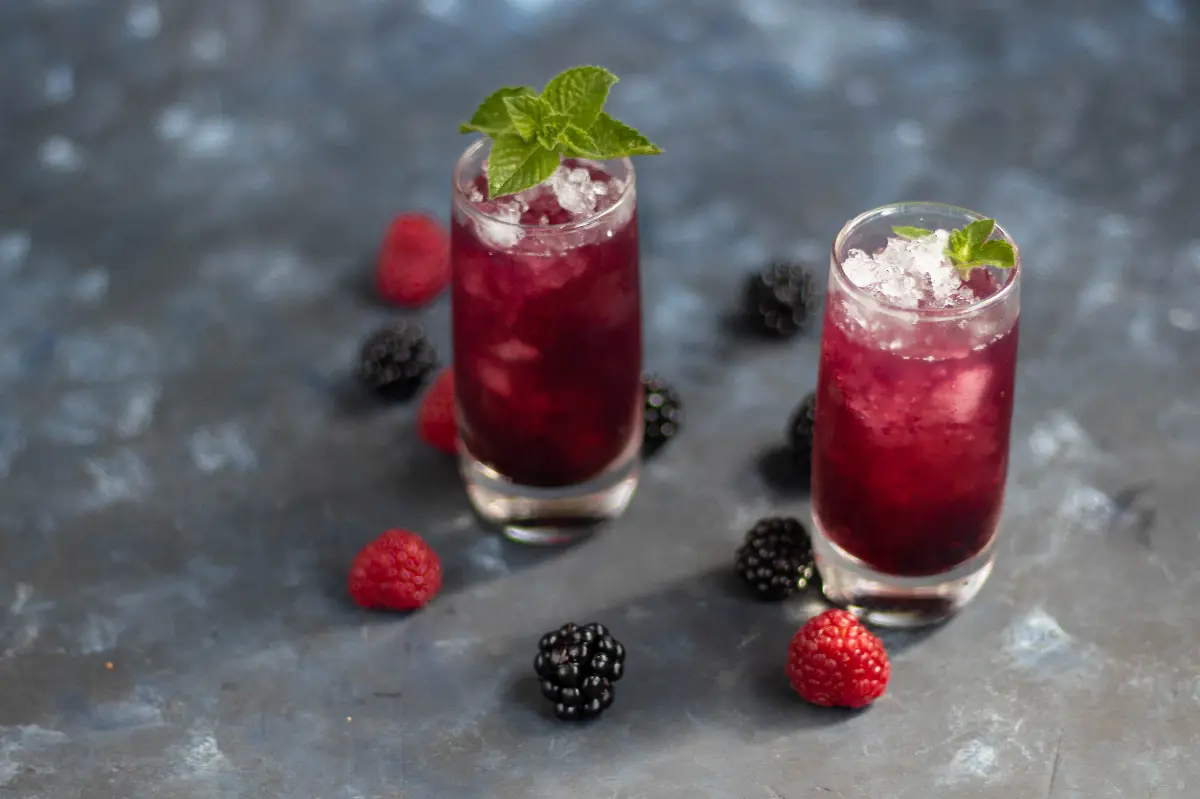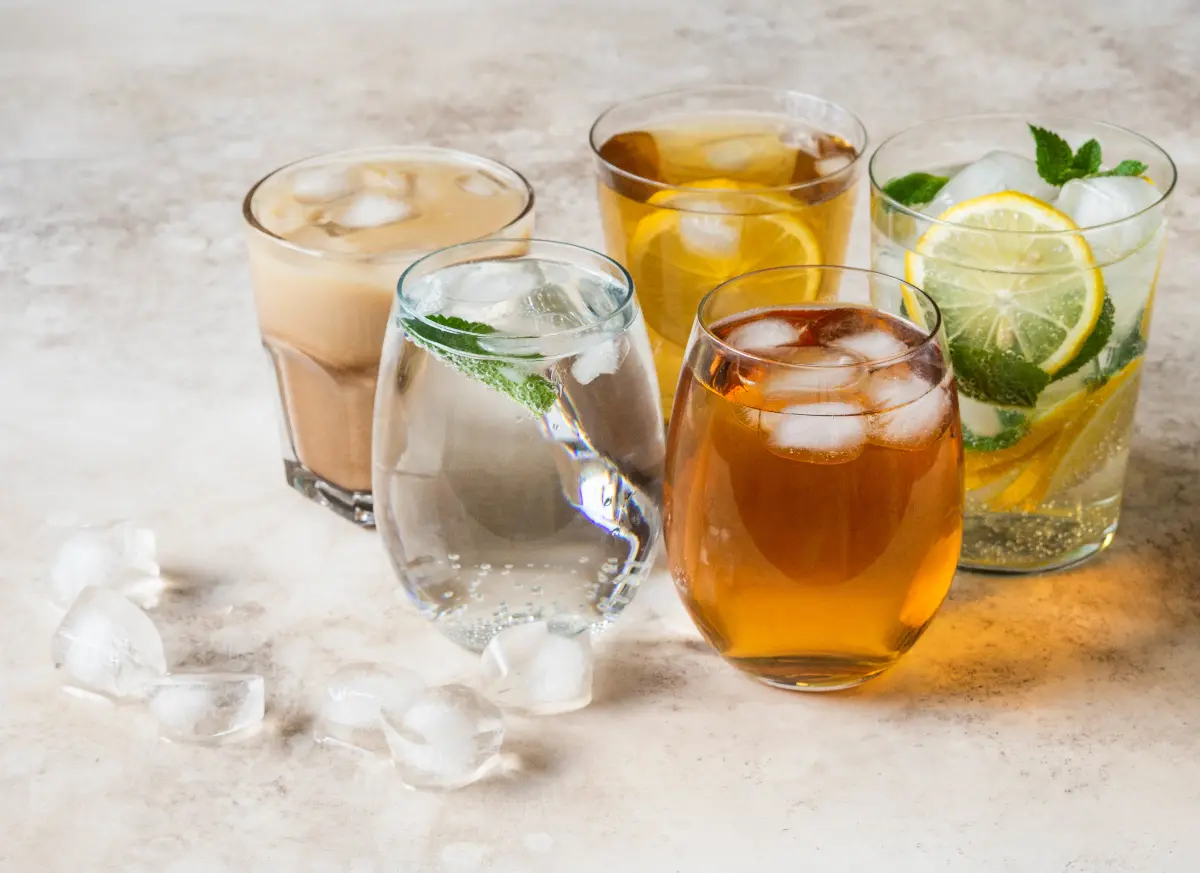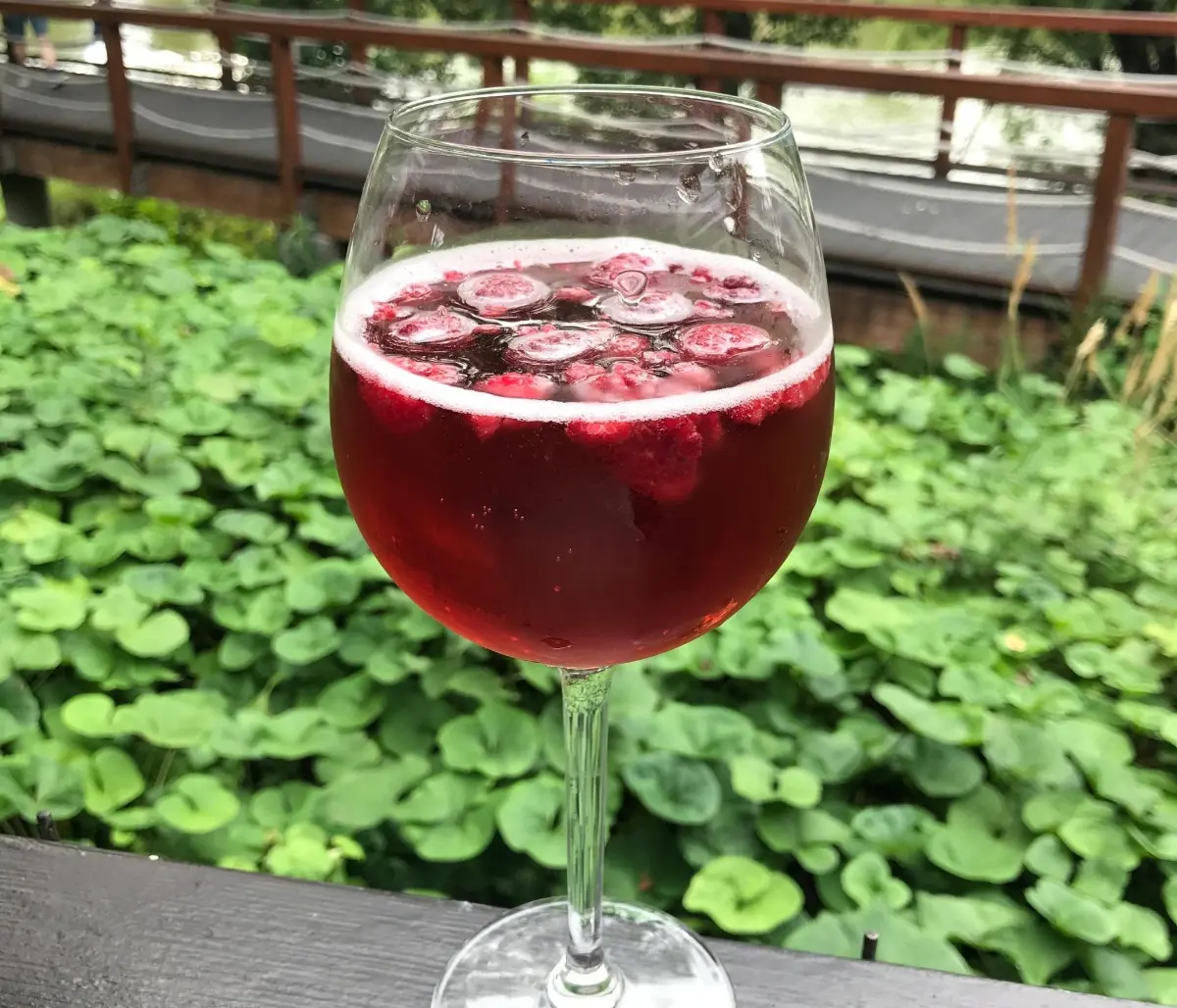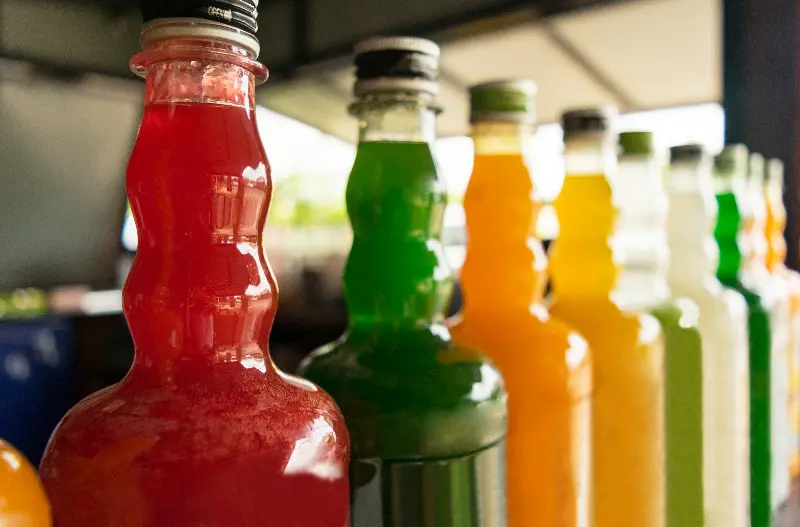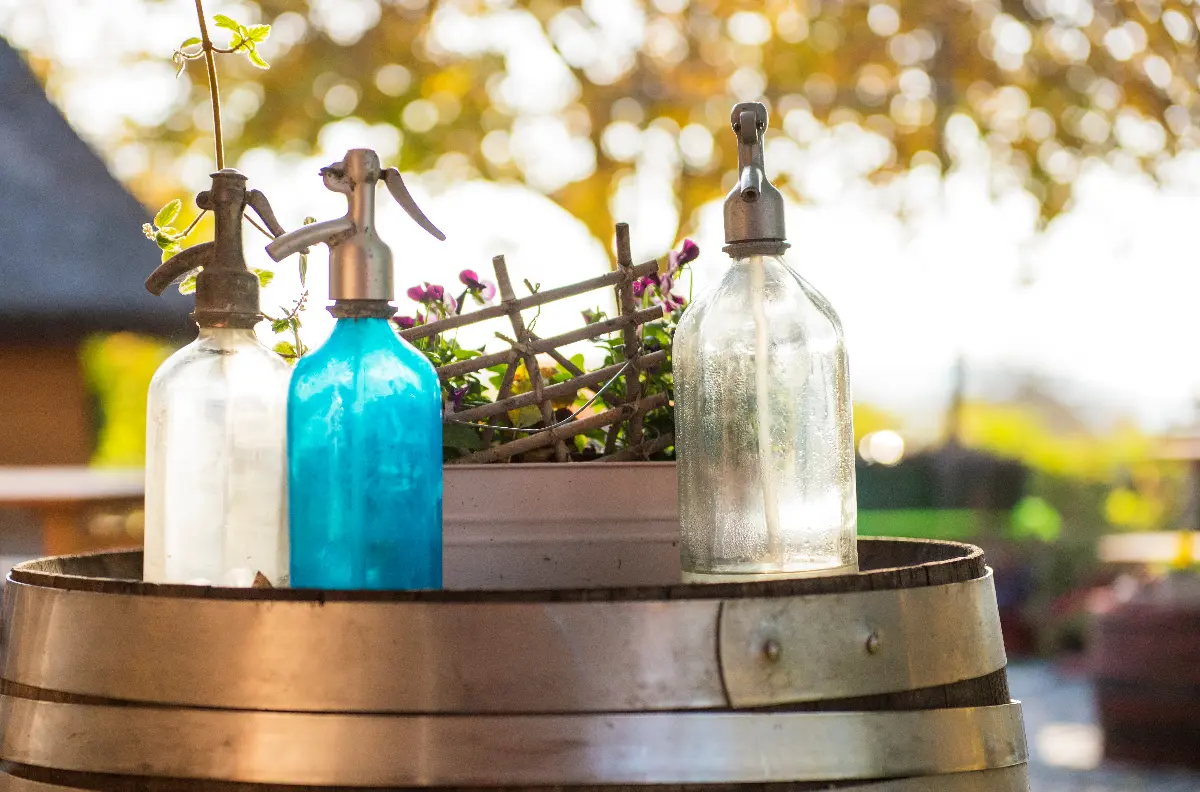
Helyszín címkék:
History of the cordial, our favourite summer beverage
Kovács Kata
It’s hard to imagine hot summers without cold cordial. A few ice cubes, ruby-red cordial, nicely chilled soda water, and we can enjoy the season’s favourite beverage right away. Everyone has the memory of the grandma working in the sultry kitchen, preparing the bottles with hot steam and filling them with the beauty of summer. However, only few people know that the Hungarian word for cordial (“szörp”, or syrup) and the beverage itself were only invented in the 19th century. The pharmaceutical industry has been preparing cordials much earlier, in order to hide bitter tastes. Besides simple sugar solutions, flavoured syrups soon appeared, which in the 1800s exceeded the limits of pharmacies, and became increasingly popular as luxury products. However, the famous language reformer of the era was annoyed by the fact that the increasingly-fashionable drink didn’t have its own name. Thus, linguist Pál Bugát had a bold idea, and from the Hungarian verb “szörpöl” (sip) created the hitherto unknown term “szörp”. Originally the word only referred to cordials flavoured with fruit, later on it was applied on the diluted version as well.
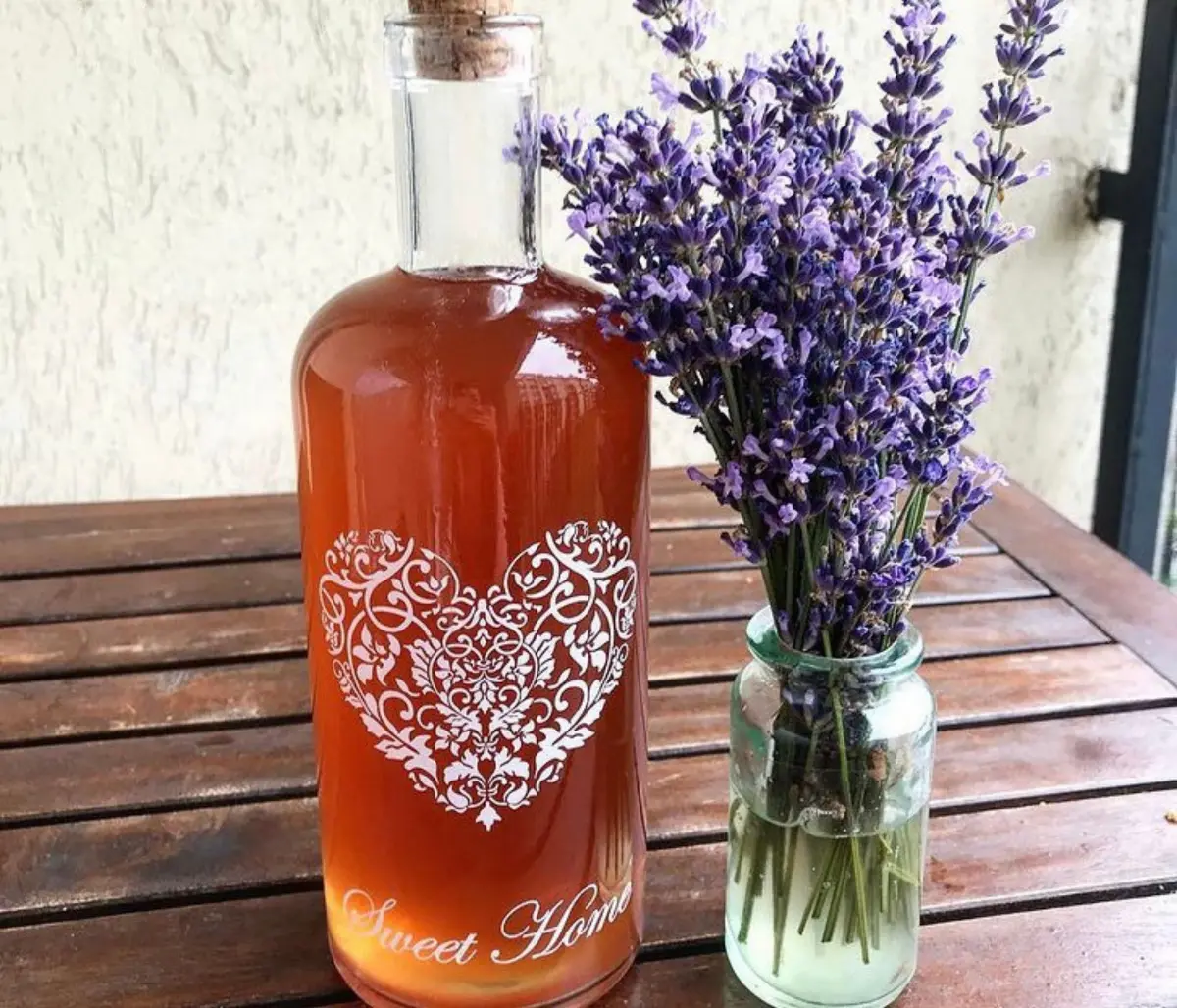
Made in Hungary
Hungarians are one of the few nations in the world, for whom cordial is a basic foodstuff. Whether it be the wildest colour version in the shop, the nostalgic recipes of the grandma or farmer’s syrups, it’s impossible to give them up. In most countries these tasty concentrates are used to sweeten cakes and favour cocktails. If they knew what they were missing out on! In Hungary it’s almost impossible to find a household without one or two bottles of tasty cordial in the fridge or in the pantry. Maybe one of the biggest favourites of all time is raspberry cordial, but recently we have achieved a great development in this regard and let our imagination run wild. It’s difficult to count all the fruits and aromatic herbs from which our favourite summer beverage is prepared, not to mention the unexpected and at the same time exciting combination of ingredients. In fact, Tasty cordials can jazz up wine spritzer and iced coffee. Aromatic rose, spicy lavender, refreshing lemon grass... It’s impossible to list all the raw materials that can be used to prepare this perfect beverage. If you want to start experimenting too, and you would like to match the various ingredients, always keep in mind the golden rule which says that everything that ripens simultaneously in the garden harmonises well with each other.
A sip of nostalgia
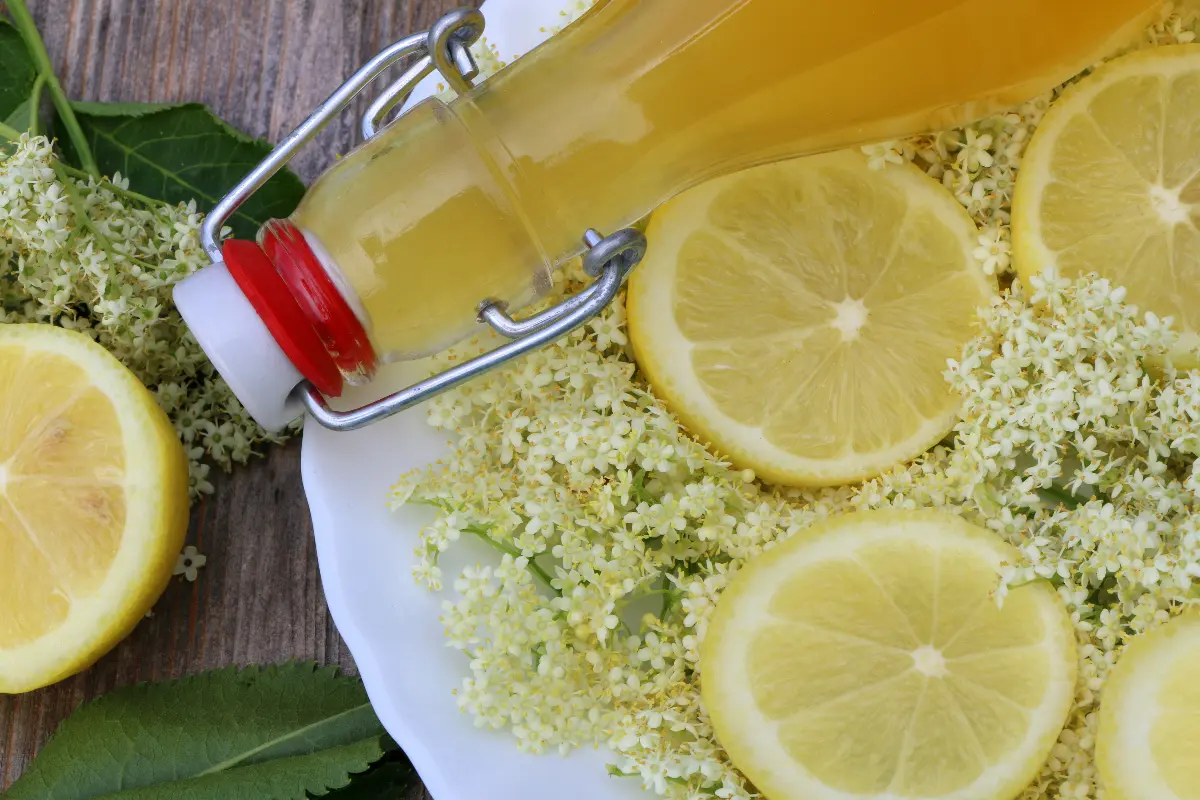
From the beginning of the 1900s several canneries were established in Hungary, producing among other things, pickles and sauerkraut, fruit juices and cordials. However, the real boom and the large-scale production of soft drinks started only after the Second World War. So maybe it is no exaggeration to say that cordial is a drink from the old times. Its steady popularity to this day is due to the fact that several types of excellent fruits grow in Hungary, and that making cordial is a form of conservation. Several memories and experiences are related to the name cordial. In the 70s and 80s the range of soft drinks in Hungary was much poorer than in the present. Prior to the appearance of big global brands we could enjoy the products of Hungarian producers such as Ági, Piroska, Pölöskei or Szobi cordial. Although all of these are Hungarian brands, they have undergone many changes in the past few decades, they try to keep up with the 21st century, and their taste still includes some kind of never-ending nostalgia. Cordial today is much more than a thirst-quenching beverage, it is the retro feeling itself.
The Cordial of cordials
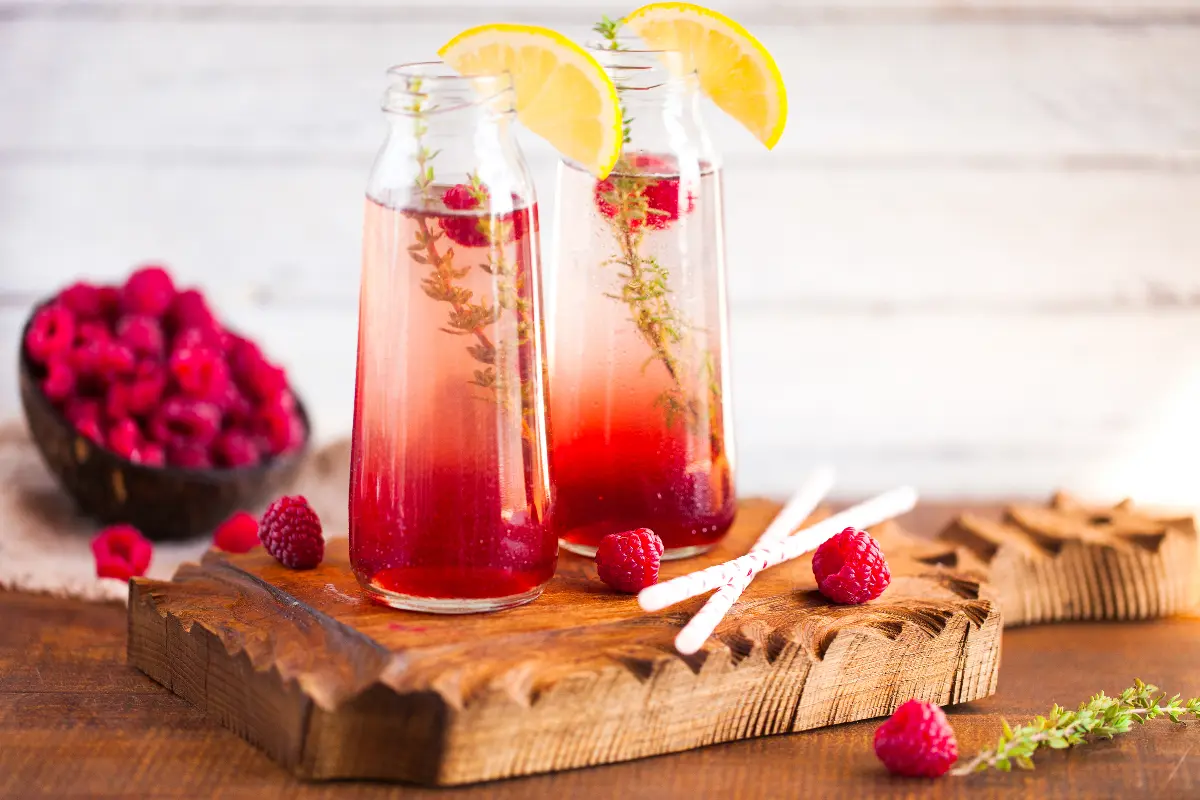
In addition, cordials recently received a greater role in gastronomy. There are real success stories behind the bottles. Every year, the international cordial contest is organised, where enthusiastic manufactures can measure themselves and become the favourite of a country. There are even some family manufacturers among them, which have now gained recognition on the international market. One thing is sure: there is no shortage of selection. Besides taste experience, producers put a stronger emphasis on healthiness and naturalness. However, some things never change. The masters of cordial-making attest to the same thing as our grandmothers: real fruit, omission of artificial substances and preservatives, and bottles being steamed under thick blankets.
